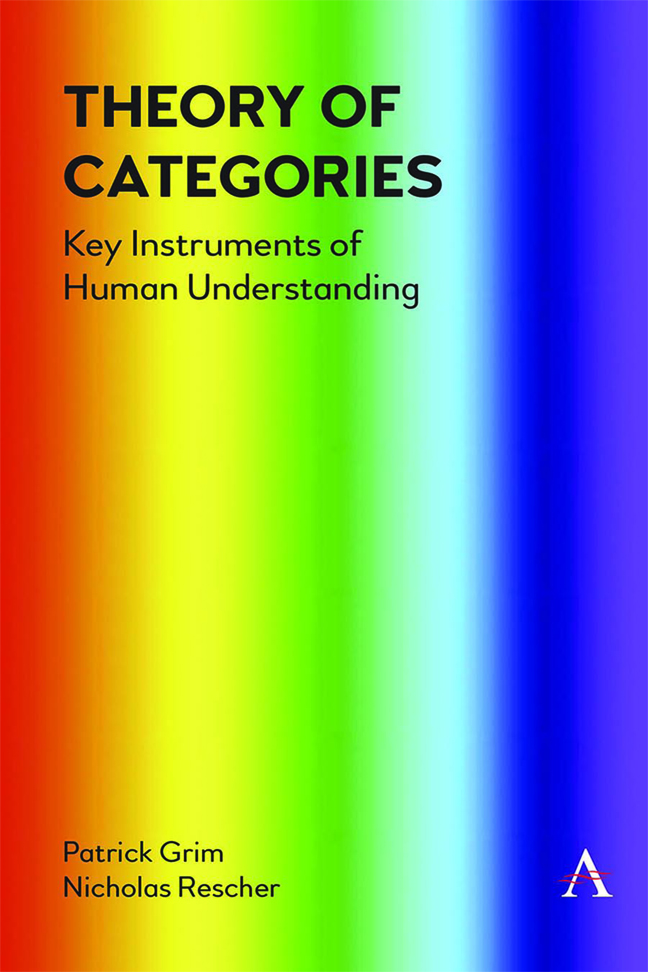4 - Categories in Science
Published online by Cambridge University Press: 29 February 2024
Summary
In the Phaedrus, Socrates outlines two essential procedures of classification. One is to bring a plurality under the appropriate form.
Phaedrus
And what is the other principle, Socrates?
Socrates
That of dividing things again by classes, where the natural joints are, and not trying to break any part, after the manner of a bad carver.
The aim of our science, it is often said, is to “cut nature at its joints” (Campbell, O’Rourke, and Slater 2011). But does nature have joints? And what determines where those joints are?
Particular categories exfoliate from others via principles of division which both separate (from taxonomic predecessors) and unite (among their taxonomic successors). So in the end we have a unified grouping united by specification commonalities. And just herein lies the difficulty. For in committing ourselves to a claim of the format “All items of category C are united in possessing feature F” we undertake risky factual commitments when definitions are not at issue. “Swans are white” – but unfortunately there are those antipodean exceptions. “Species breed true by type” – but if they did so invariably then there could be no evolution. The history of science is a litany of unraveled taxonomies as new phenomena fail to conform to established patterns (Oppenheim 1936, Hempel and Oppenheim 1936).
Scientific Categorization
Categorization is crucial to all cognition: without categories, we have the possibility of neither generalization nor individuation: an appreciation for kinds of things and for identification of things, essentially as of a kind. Navigation in our world, or any world, requires its conceptualization in terms of categories. The task of science is of a piece: an extended cultural tradition of attempting to navigate our world in terms of understanding and prediction. The goal is to represent a world well enough to accommodate ourselves to it and, where possible, to accommodate the world to us. As in all conceptual navigation, as in all cognition, categorization is crucial.
It is possible to write the history of science as the history of an attempt to get the right representation of the structure and mechanisms of the world around us. That representation is inevitably in terms of categories – categories of both things and mechanisms. In that sense, the history of science is the history of an attempt to conceptualize the world in terms of the right categories.
What makes them the right categories? Here there are two answers.
- Type
- Chapter
- Information
- Theory of CategoriesKey Instruments of Human Understanding, pp. 73 - 100Publisher: Anthem PressPrint publication year: 2023



